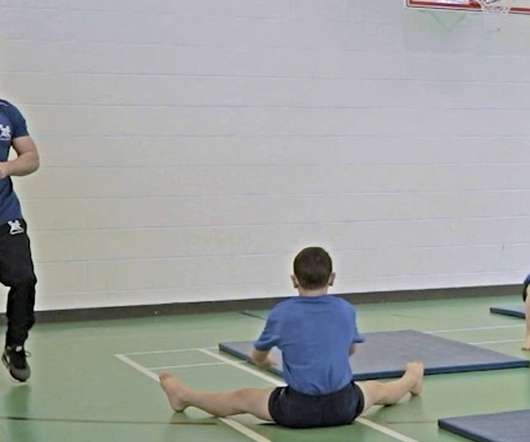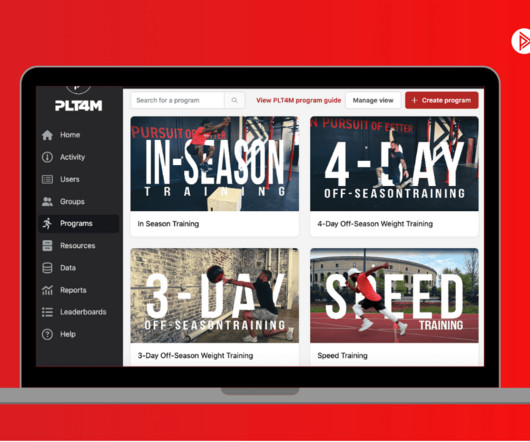Why teach gymnastics in primary school?
Aspire-Ed
SEPTEMBER 14, 2022
Flexibility, strength, technique, speed, control, coordination and balance are all developed through gymnastics. KS1: “Pupils should develop fundamental movement skills, become increasingly competent and confident and access a broad range of opportunities to extend their agility, balance and coordination, individually and with others.”











Let's personalize your content